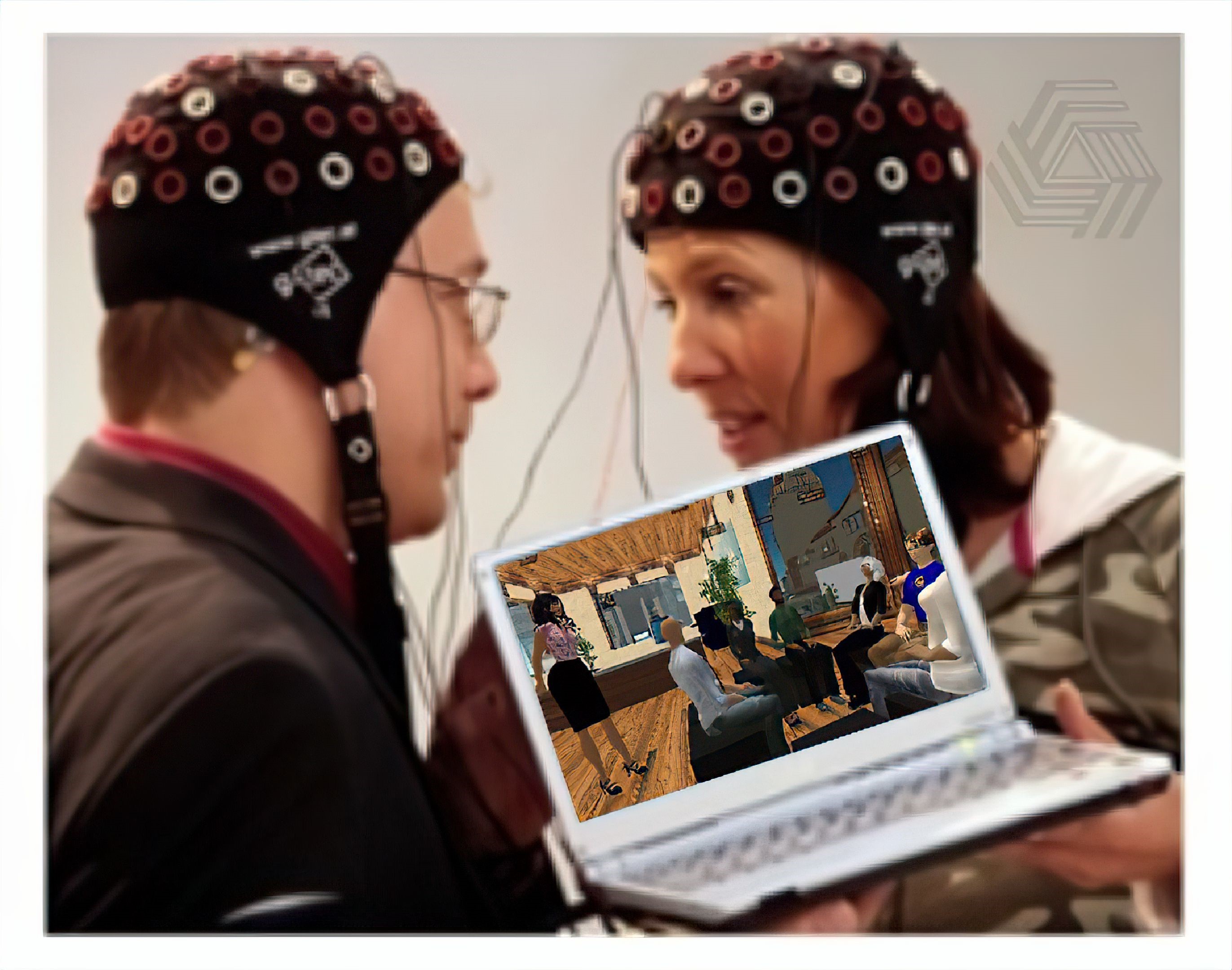TESOL2: Technology Language Immersion
Advancing Language Learning through Technology
TESOL2 stands for Technology Language Immersion, representing a groundbreaking evolution in educational technology. It envisions a future where individuals can effortlessly acquire and communicate in a second language through sophisticated machines. This paradigm shift ushers in a new era for linguistic teachers, teaching methodologies, and language learning, primarily achieved through advanced concepts like human-computer symbiosis.
Discover how American TESOL Institute is at the forefront of exploring these innovative approaches to language education, preparing educators for a digitally integrated future.

Communication Via Brain-Computer Interface (BCI)
TESOL2's vision of effortless language acquisition is fundamentally linked to advancements in **Brain-Computer Interface (BCI)** technology, also known as direct neural interfaces or brain-machine interfaces. BCIs establish a direct communication pathway between the human brain and external devices.
Existing BCI implants in humans already demonstrate the remarkable cortical plasticity of the brain, enabling restoration of damaged hearing, sight, and movement. Ongoing research aims to develop BCIs capable of translating thoughts into speech for second language communication, facilitating acquisition, or aiding in speech regeneration for those requiring it. Explore the potential of BCIs in revolutionizing language learning.
Images as a Universal Form of Communication
One intriguing potential development in the evolution of communication is the shift from traditional language to **images as a universal form of communication**. This innovative approach allows for the transfer of larger chunks of information between individuals more efficiently than conventional linguistic methods.
Leveraging advanced machines, such as brain-computer interfaces, it's becoming feasible to capture and transfer brain images, both from human to human and human to computer. This technology empowers machines to provide complex calculations and solutions based directly on visual imagery, opening new avenues for understanding and interaction beyond verbal barriers.
Human-Computer Symbiosis
**Human-Computer Symbiosis** represents an anticipated advancement in the cooperative interaction between humans and electronic computers. This concept involves an exceptionally close coupling between the human intellect and the electronic capabilities of the machine, creating a synergistic partnership.
In this symbiotic relationship, both human and machine operate together to leverage their respective strengths, enhancing cognitive processes, problem-solving, and communication in ways that neither could achieve alone. This partnership is central to the full realization of advanced language immersion technologies.
Transitioning to Virtual Worlds for Education
TESOL2 also signifies a seamless **transition into virtual worlds**, enabled by machines that interact directly with the brain's visual cortex. This direct interaction allows for the transfer of images from human to human, and from computer to human, providing an unencumbered and deeply immersive experience within virtual environments.
Such a transition opens up unprecedented opportunities for language education, offering hyper-realistic, interactive, and personalized learning scenarios within the metaverse, removing geographical and logistical barriers to truly immersive language practice.
